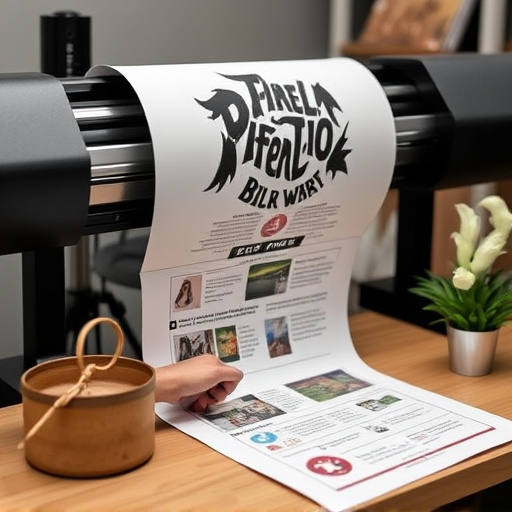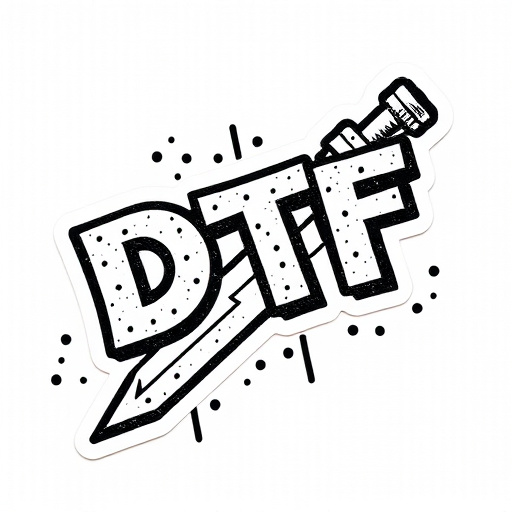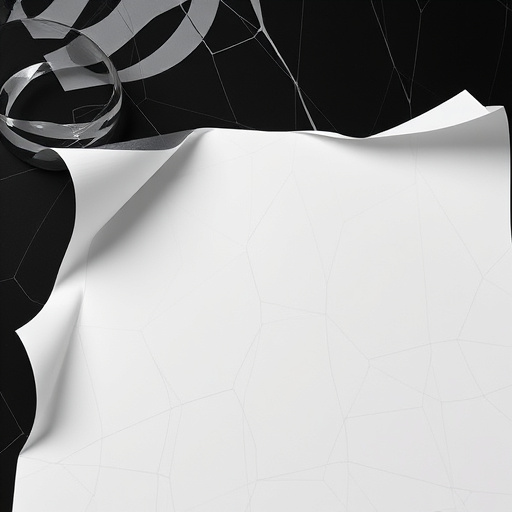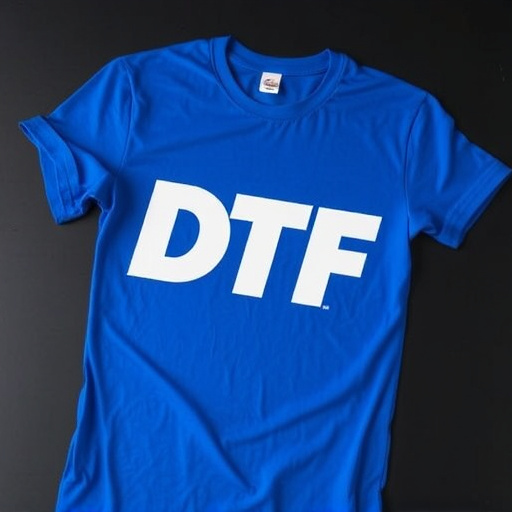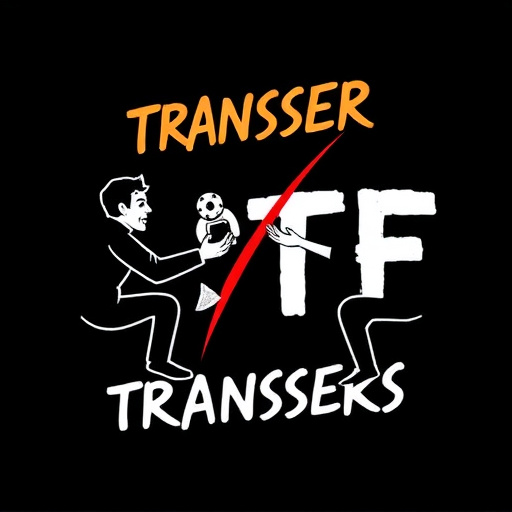Premium DTF Transfers (Direct to Fabric) are revolutionizing apparel manufacturing with advanced printing capabilities and sustainability benefits, promoting a circular economy by streamlining production, reducing waste, and accommodating custom orders. Their versatility allows for intricate designs on various fabrics, while eco-friendly practices like recycled content, water-based inks, cold peel technology, and direct-to-film printing cut energy use and material waste, ensuring high-quality, ethically sourced shirts that cater to consumers' demand for conscious products. In a competitive market, embracing green production methods is strategic, with sustainability as a key selling point for profitable, planet-friendly outcomes.
In today’s market, premium Digital Transfer Film (DTF) transfers are in high demand, but their production often overlooks the crucial sustainability factor. This article explores how eco-conscious practices can revolutionize the industry. We delve into understanding premium DTF transfers and their environmental impact, highlighting the social benefits of sustainable manufacturing. By implementing eco-friendly initiatives, from material choices to efficient processes, manufacturers can produce high-quality DTF transfers with a reduced carbon footprint.
- Understanding Premium DTF Transfers and Their Impact
- The Environmental and Social Benefits of Sustainable Production
- Implementing Eco-Friendly Practices in DTF Transfer Manufacturing
Understanding Premium DTF Transfers and Their Impact

Premium DTF Transfers (Direct to Fabric) represent a cutting-edge technology revolutionizing the textile industry, especially in apparel manufacturing. This method offers an efficient and versatile approach to printing on various fabrics, enabling intricate design possibilities. By eliminating the need for traditional screen printing or costly set-up processes, DTF for Apparel becomes a game-changer for bulk DTF shirt production.
The impact of these transfers is significant, promoting sustainability in several ways. First, they reduce waste by minimizing excess material and ink usage compared to traditional printing methods. Moreover, the direct application to fabric reduces the risk of design imperfections, lowering scrap rates during production. This technology’s ability to cater to smaller batch sizes or even custom, one-off pieces also contributes to a more circular economy, where overproduction is minimized.
The Environmental and Social Benefits of Sustainable Production
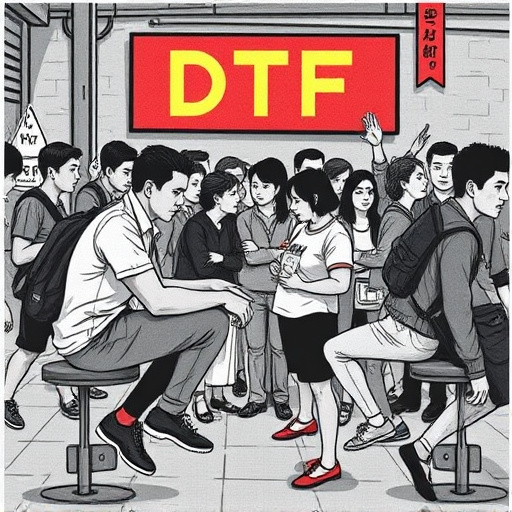
The decision to adopt sustainable practices in Premium DTF Transfers production offers a multitude of benefits, both environmental and social. By prioritizing sustainability, manufacturers can significantly reduce their ecological footprint. This involves minimizing waste generation, efficiently utilizing resources, and adopting eco-friendly materials. For instance, using recycled content in dtf printing for light fabrics reduces the demand for new raw materials, while water-based or solvent-free inks in custom sheets for heat pressing designs onto garments cut down on harmful emissions and chemical waste.
Moreover, sustainable production methods contribute to social responsibility by ensuring fair labor practices and safer working conditions. This includes adhering to ethical standards in sourcing raw materials, manufacturing processes, and distribution channels. By embracing these principles, brands can offer premium DTF transfer film products that not only meet high-quality standards but also align with the growing consumer demand for environmentally and socially conscious goods.
Implementing Eco-Friendly Practices in DTF Transfer Manufacturing
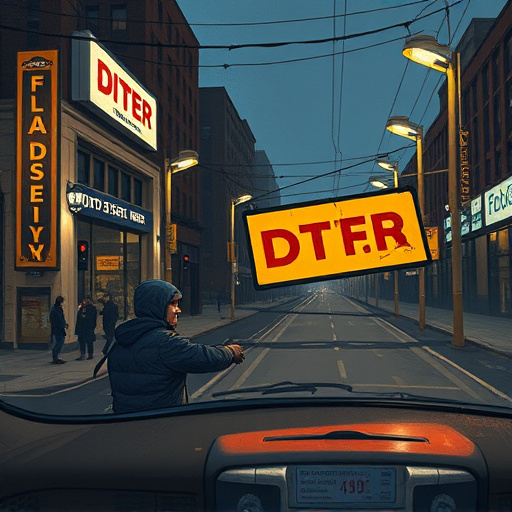
In the realm of premium DTF Transfers, implementing eco-friendly practices is no longer an option but a necessity. Manufacturers are increasingly recognizing the sustainability factor as a key differentiator in their products and operations. This shift towards greener methods not only benefits the environment but also caters to the growing consumer demand for sustainable goods. By adopting eco-conscious strategies, DTF Transfer manufacturing can significantly reduce its carbon footprint.
One such practice is the use of cold peel DTF transfers, which minimizes energy consumption compared to traditional hot peel methods. Additionally, direct-to-film (DTF) printing technology, when utilized with custom DTF transfers, allows for precise application and reduces material waste. These innovations ensure that personalized hoodies and other custom garments are produced with minimal environmental impact while maintaining superior quality. The manufacturing process can be further enhanced by sourcing sustainable materials and implementing efficient waste management systems, ensuring a holistic approach to green production.
Premium DTF transfers, while renowned for their quality, can significantly contribute to a sustainable future through eco-friendly production practices. By adopting environmental and social responsible methods, manufacturers can reduce waste, conserve resources, and minimize the carbon footprint associated with traditional printing processes. The shift towards sustainable production not only benefits the planet but also ensures the long-term viability of the premium DTF transfers industry, fostering a greener and more responsible approach to manufacturing.









